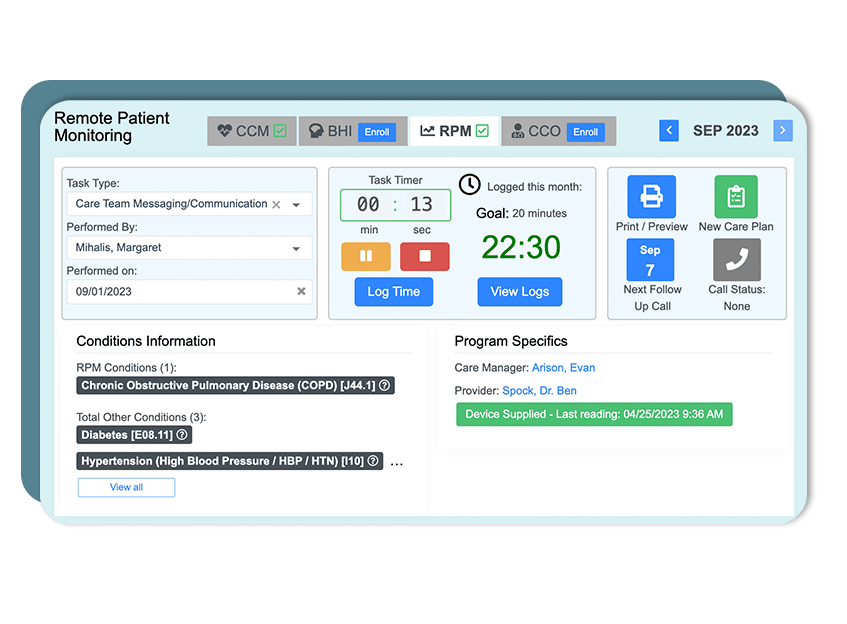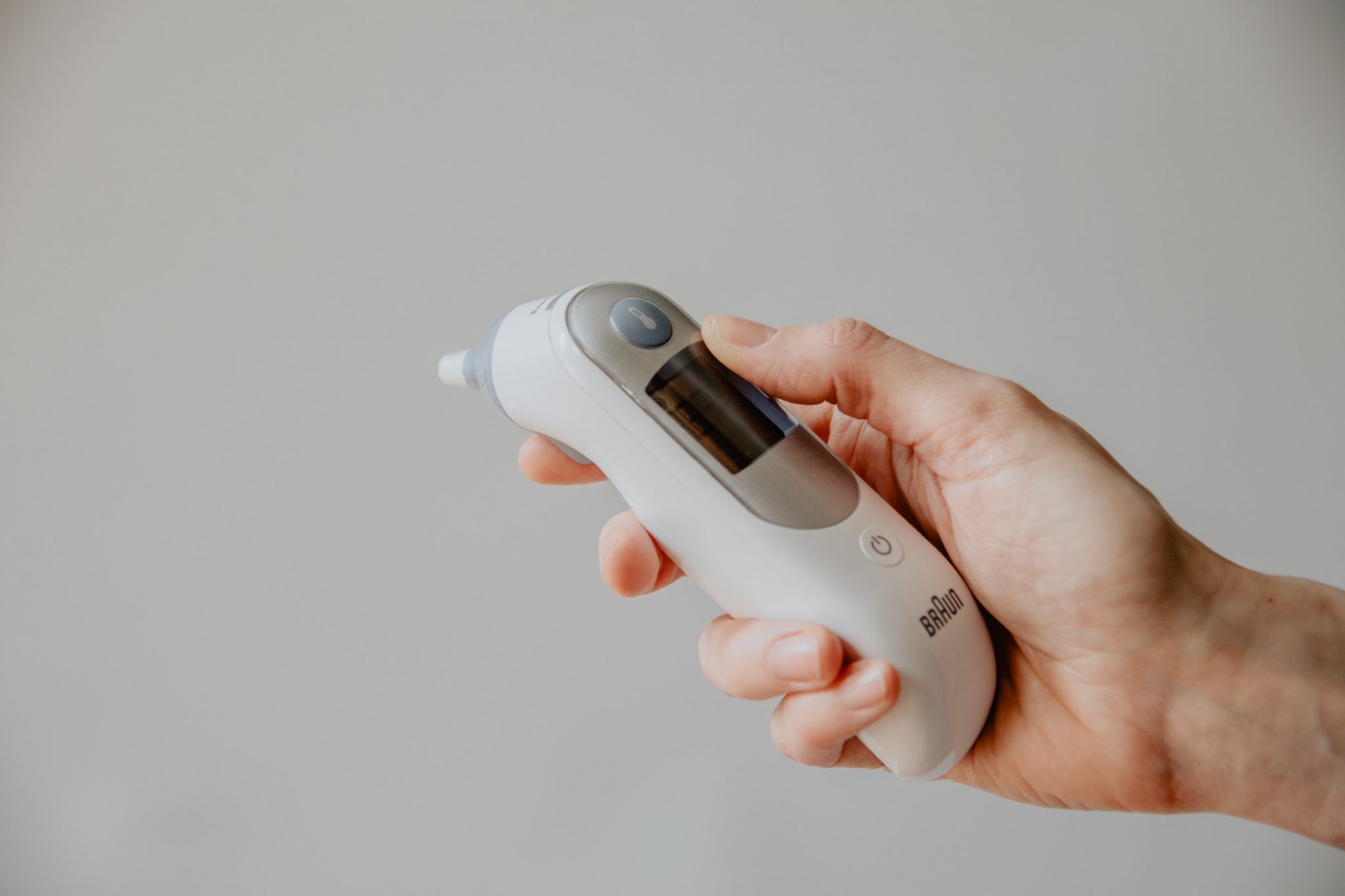Leading Remote Patient Monitoring Platform: Advanced Qualities and Benefits
The Future of Health Care: Remote Client Keeping Track Of Streamlined
As medical care proceeds to progress, one location that holds immense promise is remote patient tracking. With a focus on boosting patient results and improving healthcare delivery, remote surveillance is poised to revolutionize the sector.
Benefits of Remote Person Monitoring
Remote person monitoring presents a wide range of benefits for both doctor and patients alike. One significant advantage is the ability to constantly keep track of people' essential indicators and health and wellness information remotely. This real-time monitoring makes it possible for doctor to detect any type of worrying modifications or trends without delay, leading to very early treatments and potentially preventing medical emergency situations. Additionally, remote client monitoring boosts the overall top quality of care by supplying a much more extensive and all natural view of patients' health condition beyond typical in-person brows through.
Moreover, remote individual tracking can lead to better individual outcomes and contentment. People can delight in the comfort of obtaining care in the comfort of their very own homes while still knowing that their wellness is being very closely kept an eye on. This can result in raised person interaction and adherence to treatment strategies, ultimately resulting in much better wellness results. Furthermore, remote surveillance can decrease the need for frequent healthcare facility check outs, lowering healthcare costs for both service providers and individuals. Overall, the benefits of remote person tracking are clear, making it an important device in modern-day health care distribution.
Innovation Driving Remote Surveillance
In the world of contemporary healthcare, technological developments play a pivotal function in driving the advancement and efficiency of remote person tracking. The integration of ingenious technologies such as wearable devices, mobile applications, and cloud-based systems has actually transformed the means doctor from another location keep track of and take care of individual health and wellness - remote patient monitoring platform. These technologies allow constant real-time tracking of essential indications, medication adherence, and various other important health and wellness information, enabling prompt interventions and customized treatment strategies
One key innovation driving remote surveillance is the Internet of Points (IoT), which enables seamless connection in between medical devices and healthcare systems. IoT gadgets such as smartwatches and cordless sensors accumulate and transfer person information to central systems, helping with remote surveillance from anywhere in the globe. Expert system (AI) and device knowing algorithms additionally enhance remote monitoring by examining vast quantities of client information to detect patterns, forecast wellness patterns, and sharp healthcare service providers to possible issues.
Influence on Health Care Distribution
With the integration of sophisticated technologies driving remote individual surveillance, the influence on health care delivery is ending up being transformative and increasingly extensive. Remote client surveillance permits doctor to use more proactive and personalized care to people, bring software for remote patient monitoring about enhanced wellness results and minimized hospital admissions. By remotely tracking vital signs, signs and symptoms, and medication adherence, medical care professionals can intervene early, protecting against issues and enhancing the total quality of care.
Additionally, remote tracking improves access to healthcare solutions, specifically for people in underserved or country areas. Patients can get continuous surveillance and support from their homes, eliminating the need for regular in-person gos to. This not only conserves time and decreases costs for both individuals and health care facilities however likewise decreases the danger of exposure to infectious conditions, an essential consideration in the existing healthcare landscape.
Furthermore, remote individual surveillance makes it possible for medical care companies to much better focus on and designate sources treatment based on real-time data. By identifying high-risk people and stepping in immediately, medical care distribution becomes a lot more efficient and efficient, inevitably resulting in a much more sustainable and patient-centered health care system.
Improving Client End Results

Moreover, RPM allows for proactive monitoring of persistent problems, lowering the probability of acute exacerbations and healthcare facility readmissions. People gain from enhanced convenience and convenience, as they can obtain treatment in their own homes while staying attached to their healthcare suppliers. This continuous monitoring not only improves client complete satisfaction yet likewise cultivates a sense of empowerment and involvement in their very own health monitoring.
Future Trends in Remote Tracking
Welcoming advanced modern technologies in remote patient monitoring is shaping the future landscape of health care shipment. One considerable pattern is the enhanced usage of wearable gadgets and sensors to gather real-time data, enabling health care suppliers to keep an eye on patients continuously without the need for constant in-person brows through.

Furthermore, telehealth platforms are becoming extra advanced, enabling virtual assessments, remote diagnosis, and remote client checking all in one incorporated system (software for remote patient monitoring). This alternative method to remote monitoring is enhancing health care delivery, enhancing patient contentment, and eventually, improving general high quality of treatment
Verdict
Finally, remote person tracking uses many advantages in health care distribution, driven by advancements in innovation. It has the possible to boost client outcomes and transform the way medical care is provided. Future patterns in remote monitoring will remain to form the landscape of health care, providing opportunities for even more tailored and efficient client care.
Remote client surveillance provides a multitude of advantages for both medical care companies and patients alike. Additionally, remote client tracking enhances the overall high quality of care by providing a much more all natural and comprehensive sight of individuals' health and wellness condition beyond traditional in-person gos to.
Moreover, remote person tracking can lead to better client outcomes and fulfillment. Remote patient tracking allows medical care companies to supply more personalized and aggressive care to clients, leading to boosted health outcomes and decreased healthcare facility admissions. Remote client surveillance (RPM) plays a considerable duty in improving person outcomes by giving constant, real-time information that allows medical care providers to intervene promptly and adjust treatment strategies as required.